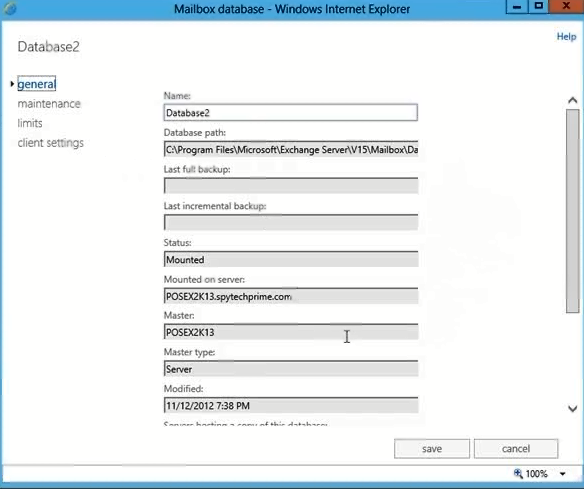Accepted domain type configuration
Send connectors deliver mail to the next hop
- to internet using DNS MX or smarthost
- to smart host
- edge transport server or some form of anti/spam/anit virus server
- partner mail server with stronger security ,custom email size, etc
No send connector by default to send outside
Mailbox servers by default have implicit invisible send connectors that allow them to communicate with others within the organization based upon the AD site topology.
Creating new send connector
editing send connector
 |
| Add caption |
DNS settings to allow inbound emails
MX records must be created for nay domain you wish to receive email on. Transport servers should be prepared to accpet email on that domain.
if multiple companies that accepted mail on exchange server, would need to have record for each one.


















































